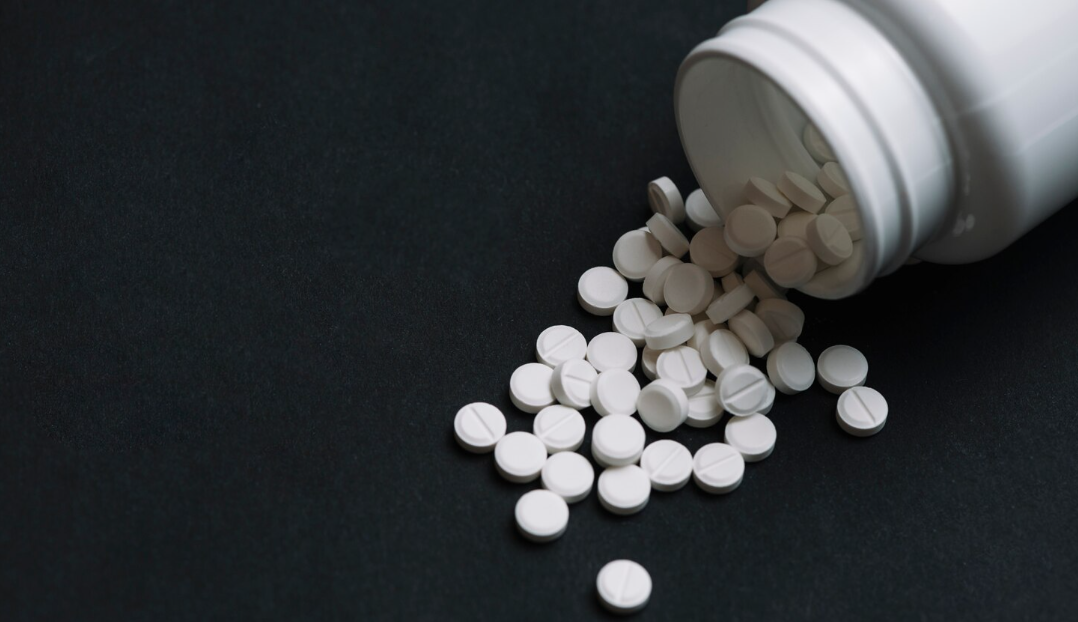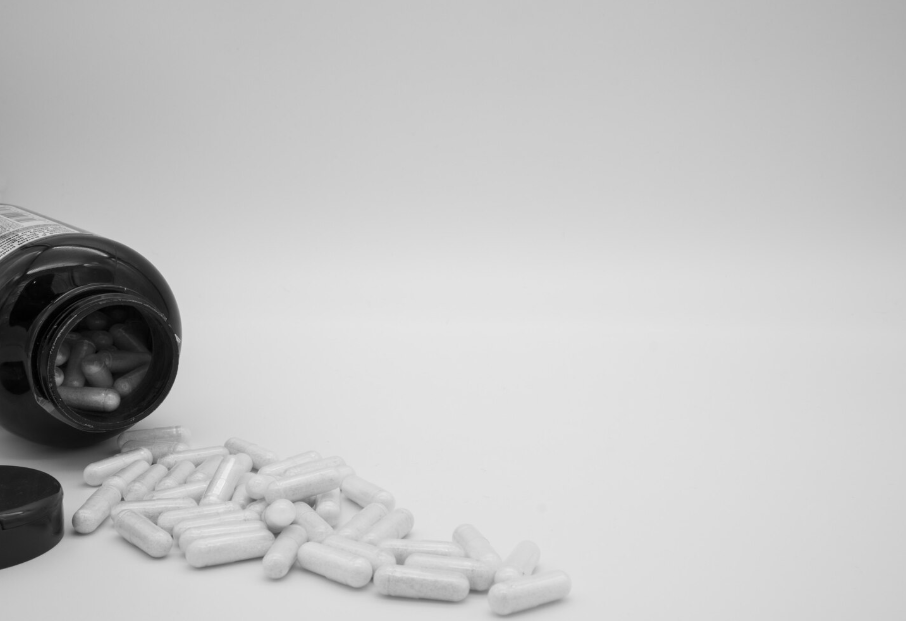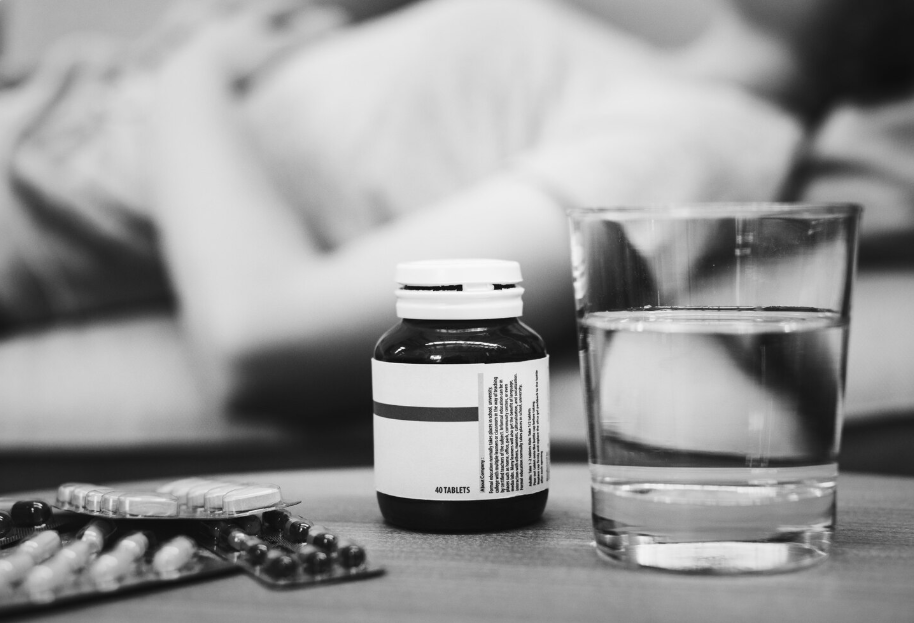Top 10 Key Drunk Driving Statistics
- Every day, almost 30 people in the United States die in drunk-driving crashes – that's one person every 50 minutes.
- In 2018, 10,511 people died in drunk-driving crashes, accounting for 29% of all traffic fatalities in the United States.
- On average, a drunk driver will drive under the influence 80 times before their first arrest.
- In 2016, over 1 million drivers were arrested for driving under the influence of alcohol or narcotics. That's 1% of the 111 million self-reported episodes of alcohol-impaired driving among U.S. adults each year.
- Drunk driving costs the United States $199 billion a year.
- One in three people will be involved in a drunk driving crash in their lifetime.
- In 2016, nearly one in five children (14 and younger) killed in traffic crashes were killed in drunk-driving crashes.
- Every day in America, another 28 people die as a result of drunk driving crashes.
- In 2018, among motorcycle riders killed in fatal crashes, 25% had BACs of .08% or higher.
- The average blood alcohol concentration (BAC) among fatally injured drinking drivers in 2018 was .156.

How Many Times US Adults Admit to Driving While Drunk Each Year?
- According to a survey conducted by the Centers for Disease Control and Prevention (CDC), approximately 111 million episodes of alcohol-impaired driving occur each year among U.S. adults.
- This means that on average, each adult who admits to driving after drinking does so about once a month.
- The same survey found that men are more likely than women to drink and drive, with 2.5% of men admitting to driving under the influence compared to 1.1% of women.
- Additionally, young adults aged 21-24 are most likely to engage in this behavior, with 4.5% reporting driving while impaired in the past month.

Drunk Driving among Teenagers
- In 2018, 7% of high school students reported driving after drinking alcohol.
- Teenagers are involved in more drunk-driving crashes than any other age group.
- Among drivers aged 15-20 who were killed in motor vehicle crashes in 2018, 19% had a BAC of .08% or higher.
- In 2018, 16% of teen drivers involved in fatal crashes had a BAC of .08% or higher.
Drunk Driving among Young Adults
- In 2018, 21% of young drivers aged 21-24 who were involved in fatal crashes had a BAC of .08% or higher.
- Among drivers aged 25-34 who were killed in motor vehicle crashes in 2018, 28% had a BAC of .08% or higher.
- The rate of drunk driving is highest among young adults aged 21-24 (20.7%), followed by those aged 25-34 (19.0%) and those aged 35-44 (16.4%).
Drunk Driving among Adults

- Among drivers aged 35-44 who were killed in motor vehicle crashes in 2018, 25% had a BAC of .08% or higher.
- In 2018, 16% of adult drivers involved in fatal crashes had a BAC of .08% or higher.
- The rate of drunk driving is also high among adults aged 45-54 (14.9%) and those aged 55-64 (9.5%).
- The rate decreases significantly for older adults with only 3.1% of drivers aged 65 and older reporting drinking and driving.
Drunk Driving by Gender
- Men are more likely than women to drink and drive, with 2.5% of men admitting to driving under the influence compared to 1.1% of women.
- In 2018, among drivers involved in fatal crashes, 21% of males had a BAC of .08% or higher, while only 14% of females did.
- Male drivers involved in fatal crashes were almost twice as likely as female drivers to have a BAC of .15 g/dL or higher (28% compared to 16%).
- The percentage of female drunk drivers has been increasing steadily over the past few decades. In fact, between 2000 and 2010, the number of females arrested for DUI increased by nearly 30%.

Motorcycle Drunk Driving
- In 2018, 25% of motorcyclists killed in fatal crashes had a BAC of .08% or higher.
- Motorcycle riders involved in fatal crashes are more likely to have been drinking than passenger vehicle drivers. In fact, 27% of motorcycle riders involved in fatal crashes had a BAC of .08% or higher, compared to 19% for passenger car drivers.
- The rate of drunk driving among motorcycle riders is highest for those aged 21-24 (33%) and those aged 25-34 (29.5%).
- Motorcyclists who have been drinking are also less likely to wear helmets. In 2018, only 38% of fatally injured motorcyclists with a BAC of .08% or higher were wearing helmets at the time of the crash, compared to 60% for those with no alcohol in their system.
Public Vehicle Drunk Driving
- In 2018, nearly 1 in 5 (16%) drivers of large trucks involved in fatal crashes had a BAC of .08% or higher.
- Among drivers of buses involved in fatal crashes in 2018, 4% had a BAC of .08% or higher.
- In the same year, 3% of all drivers involved in fatal crashes while operating an emergency vehicle had a BAC of .08% or higher.
What country has the highest number of drunk drivers?
- According to a study by World Health Organization (WHO) in 2018, South Africa has the highest percentage of drunk driving deaths compared to any other country in the world with an estimated 58% of road fatalities being attributed to alcohol.
- Other countries with high rates of drunk driving include Canada (34%), United States (31%), and France (29%).
- On the other hand, countries with the lowest rates of drunk driving include Israel (1.4%), Egypt (1.6%), and Saudi Arabia (2%).

What is the survival rate of drunk driving?
- It is estimated that only about 50% of drivers involved in alcohol-related fatal crashes survive.
- In comparison, the survival rate for non-alcohol-related crashes is much higher at around 90%.
Who are the most common violators of drunk driving in the U.S?
- Young adults aged 21-24 have the highest rate of drunk driving, with 20.7% reporting drinking and driving in the past year.
- Men are more likely than women to drink and drive, with 2.5% of men admitting to driving under the influence compared to 1.1% of women.
- Among drivers involved in fatal crashes, 21% of males had a BAC of .08% or higher, while only 14% of females did.
- Male drivers involved in fatal crashes were almost twice as likely as female drivers to have a BAC of .15 g/dL or higher (28% compared to 16%).
40 More Shocking Drunk Driving Statistics
- In 2018, 220 children were killed in drunk-driving crashes. Out of those 220 deaths, 52% were riding in the vehicle with the drunk driver.
- In 2018, 47% of drivers killed in crashes who tested positive for drugs also had alcohol in their system.
- Drunk driving is more common at night. During the weekend, nighttime drunk driving is eight times more common than during other times of the week.
- In 2018, 1,878 people were killed in alcohol-related crashes where drivers had lower alcohol levels (BACs of .01 to .07 g/dL).
- Drivers with a BAC of .08% or higher involved in fatal crashes were four times more likely to have prior convictions for driving while impaired (DWI) than were drivers with no alcohol.
- The rate of drunk driving is highest among 26-29 year olds (20.7%).
- The most commonly reported drug among drivers involved in crashes is marijuana.
- In 2018, 14% of drivers who were involved in fatal crashes during the week were alcohol-impaired, compared to 30% on weekends.
- In 2018, the rate of drunk driving was highest in North Dakota (6.52 deaths per 100,000 population) and lowest in Utah (1.14 deaths per 100,000 population).
- In 2018, 1,878 people were killed in alcohol-related crashes where drivers had lower alcohol levels (BACs of .01 to .07 g/dL).
- In 2018, 19% of motorcyclists involved in fatal crashes had BACs of .08% or higher.
1,878 people were killed in alcohol-related crashes where drivers had lower alcohol levels (BACs of .01 to .07 g/dL).
- One-third of all drivers arrested or convicted of drunk driving are repeat offenders.
- In 2018, 51% of alcohol-impaired driving fatalities occurred on weekends.
- In 2018, 36% of pedestrians killed in crashes had a BAC of .08% or higher.
- In 2018, 2,214 drivers tested positive for drugs after being involved in fatal crashes.
- In 2018, 5% of drivers involved in fatal crashes were between the ages of 16 and 20.
- In 2018, 21% of child passengers (14 and younger) killed in crashes were killed in drunk-driving crashes.
- In 2018, 2,526 people were killed in motor vehicle crashes involving a drunk driver.
- In 2018, 1,878 people were killed in alcohol-related crashes where drivers had lower alcohol levels (BACs of .01 to .07 g/dL).
- In 2018, 29% of all motor vehicle traffic fatalities in the United States were alcohol-impaired driving fatalities.
- In 2018, 1,878 people were killed in alcohol-related crashes where drivers had lower alcohol levels (BACs of .01 to .07 g/dL).
- In 2018, 39% of all traffic fatalities during the Christmas and New Year's Day periods involved drunk drivers.
24% of drivers tested positive for drugs after being involved in fatal crashes.
- In 2018, 1,878 people were killed in alcohol-related crashes where drivers had lower alcohol levels (BACs of .01 to .07 g/dL).
- In 2018, 39% of all traffic fatalities during the Christmas and New Year's Day periods involved drunk drivers.
- In 2018, drivers with a BAC of .08% or higher involved in fatal crashes were six times more likely to have a prior conviction for DWI than drivers with no alcohol.
- In 2018, 13% of drivers in fatal crashes during the week were alcohol-impaired, compared to 29% on weekends.
- In 2018, 39% of all traffic fatalities during the Christmas and New Year's Day periods involved drunk drivers.
- In 2018, the rate of drunk driving was highest in North Dakota (6.52 deaths per 100,000 population) and lowest in Utah (1.14 deaths per 100,000 population).
- In 2018, 25% of pedestrian fatalities involved a drunk driver.
39% of all traffic fatalities during the Christmas and New Year's Day periods involved drunk drivers.
- In 2018, 69% of the drivers who died in alcohol-impaired crashes had BACs of .15 g/dL or higher.
- In 2018, 39% of all traffic fatalities during the Christmas and New Year's Day periods involved drunk drivers.
- In 2018, 2,526 people were killed in motor vehicle crashes involving a drunk driver.
- In 2018, 12.8% of adults (aged 18 and older) in the United States reported driving under the influence of alcohol in the past year.
- In 2018, 39% of all traffic fatalities during the Christmas and New Year's Day periods involved drunk drivers.
- In 2018, 16% of motorcyclists killed in crashes had BACs of .08% or higher.
- In 2018, 220 children were killed in drunk-driving crashes. Out of those 220 deaths, 52% were riding in the vehicle with the drunk driver.
- In 2018, 39% of all traffic fatalities during the Christmas and New Year's Day periods involved drunk drivers.
- In 2018, 2,214 drivers tested positive for drugs after being involved in fatal crashes.
- In 2018, 39% of all traffic fatalities during the Christmas and New Year's Day periods involved drunk drivers.
- In 2018, 47% of drivers killed in crashes who tested positive for drugs also had alcohol in their system.
FAQs
What is the legal limit for blood alcohol concentration (BAC) while driving?
The legal limit for BAC while driving is 0.08% in all U.S. states. However, it is important to note that even a small amount of alcohol can impair one's ability to drive safely.
What are the consequences of drunk driving?
Drunk driving can have severe consequences, both legal and personal. In addition to facing criminal charges and potential jail time, individuals convicted of drunk driving may also face fines, community service, license suspension or revocation, increased insurance rates, and a permanent criminal record.
Additionally, drunk drivers put themselves and others at risk of injury or death.
Can I refuse to take a breathalyzer test if I am pulled over for suspicion of drunk driving?
While you have the right to refuse a breathalyzer test when pulled over by law enforcement, doing so may result in penalties such as license suspension or revocation. Additionally, refusing a breathalyzer test may be used as evidence against you in court.
How can I prevent myself from drunk driving?
There are several steps individuals can take to prevent themselves from drunk driving. These include designating a sober driver or using public transportation if planning to drink; refraining from drinking if planning to drive; avoiding peer pressure to drink excessively; and seeking alternative forms of entertainment that do not involve drinking.
What should I do if I see someone who appears to be driving under the influence?
If you witness someone who appears to be driving under the influence, it is important to report them immediately by contacting local law enforcement.
Providing details such as their car make and model, license plate number, location, and direction of travel can help authorities locate them quickly and prevent any potential accidents or injuries caused by their impaired driving.
Conclusion
In conclusion, drunk driving is a serious issue that continues to claim thousands of lives every year. It not only endangers the lives of those behind the wheel but also puts other drivers and pedestrians at risk.
While there have been some improvements in recent years, such as stricter laws and increased awareness campaigns, there is still a long way to go before we can eliminate this dangerous behavior entirely.
It is important for individuals to take responsibility for their actions and make smart decisions when it comes to drinking and driving. Additionally, law enforcement agencies must continue to enforce laws against drunk driving and work towards creating safer roads for everyone.
By working together, we can reduce the number of alcohol-related accidents and make our communities safer for all.
Sources
- https://www.nhtsa.gov/risky-driving/drunk-driving
- https://www.cdc.gov/transportationsafety/impaired_driving/impaired-drv_factsheet.html
- https://www.forbes.com/advisor/car-insurance/drunk-driving-statistics/
- https://www.dosomething.org/us/facts/11-facts-about-driving-under-influence
- https://www.statista.com/chart/5504/the-worst-countries-in-the-world-for-drunk-driving/
- https://www.bestonlinetrafficschool.co/drunk-driving-statistics/








.png)
.png)
.png)
.png)